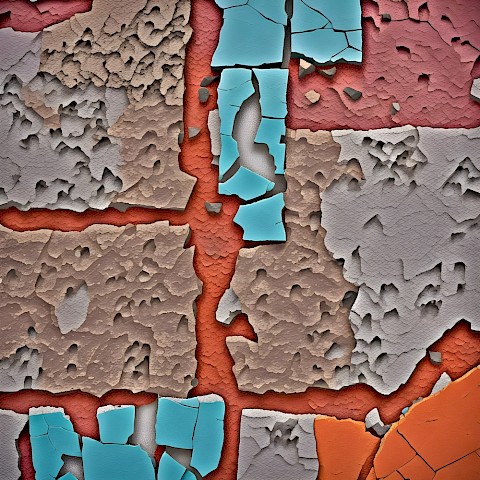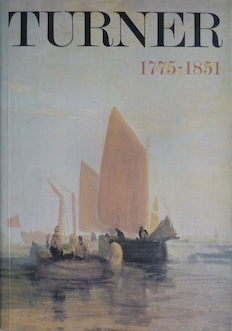|
15 XII 2024 |
6. Synthesis 1814-19
165 - The Decline of the Carthaginian Empire - Rome being determined on the Overthrow of her Hated Rival | |

| ||
|
In 1815 Turner had exhibited 'Dido building Carthage; or the Rise of the Carthaginian Empire' (National Gallery, London, 498). This picture of two years later shows the end of the story, Turner's verses for the catalogue stressing the significance of the setting sun: John Gage (I974, pp.41-4) has pointed out that such comparisons of the rise and fall of empires, and their application to the contemporary situation, were a commonplace in the late eighteenth and early nineteenth centuries, as in Oliver Goldsmith's Roman History and Edward Gibbon's Decline and Fall of the Roman Empire (both writers had been Professor of Ancient History at the Royal Academy). The then well-known guide to Italy, J. C. Eustace's Classical Tour through Italy of 1813, even draws the parallel between Carthage and England. Claude's paintings had been interpreted in a similar way, the two pictures at Longford Castle having been engraved in 1772 as ‘The Landing of Aeneas in Italy: The Allegorical Morning of the Roman Empire' and 'Roman Edifices in Ruins: the Allegorical Evening of the Empire'. Turner's two large Claudian harbour scenes seem therefore to have been deliberate essays in this tradition. Contemporary reviews do not, however, seem to have noted any connection between the two pictures though, with rare exceptions, they were high in praise of both. The Repository of Arts for June 1817 even praised Turner's verses: 'The awful description of the setting sun, so exquisitely described by the poet in the three last lines of the extract above, has been chiefly attended to by Mr. Turner; and never has so bold an attempt been crowned with greater success. ... The colouring of every part of the picture is full of extreme richness.... It is impossible to pass over the execution of the architectural parts of this picture: they are drawn with purity and correctness; the Grecian orders are carefully preserved, and the arrangement of the buildings in perspective is formed with so much adherence to geometrical rule, that the eye is carried through the immense range of magnificent edifices with such rapidity, that we entirely forget the artist, and merely dwell on the historic vision. Mr. Turner has here embodied the whole spirit of Virgil's poetical description of the event, its awful grandeur, and solemnity of effect.' The Annals of the Fine Arts wrote ‘Mr. Turner has only one, but that one is a lion, ... excelling in the higher qualities of art, mind and poetical conception, even Claude himself'. In an earlier issue of the Annals the critic John Bailey had already said that 'I wish the Directors of the British Institution would purchase it. When shall we see a National Gallery, where the works of the old masters and the select pictures of the British school, may be placed by the side of each other in fair competition, then would the higher branches of painting be properly encouraged ?'. Could this have been the inspiration to Turner to bequeath two of his paintings to hang next to two Claudes in the National Gallery? In his first will, drawn up in 1829 five years after the National Gallery first opened at 100 Pall Mall, Turner left the two Carthage pictures to be 'placed by the side of Claude's "Sea Port" and "Mill" that is to hang on the same line same height from the ground'; later, in 1831, 'The Decline of Carthage' was replaced by the earlier painting 'Sun Rising through Vapour' (R.A. 1807; National Gallery 473). There are composition sketches in the 'Yorkshire No.' sketchbook (T.B.CXLIV-101v (repr. Reynolds 1969, pl.68) and 102v) and perhaps also in the 'Hastings to Margate' sketchbook (T.B.CXL -73v), and studies for the architectural setting in the 'Hints River' sketchbook (T.B.CXLI-32v and 33). This work is also available as a carving. An image generated by an AI Machine Learning Model Property of the artist. | ||
